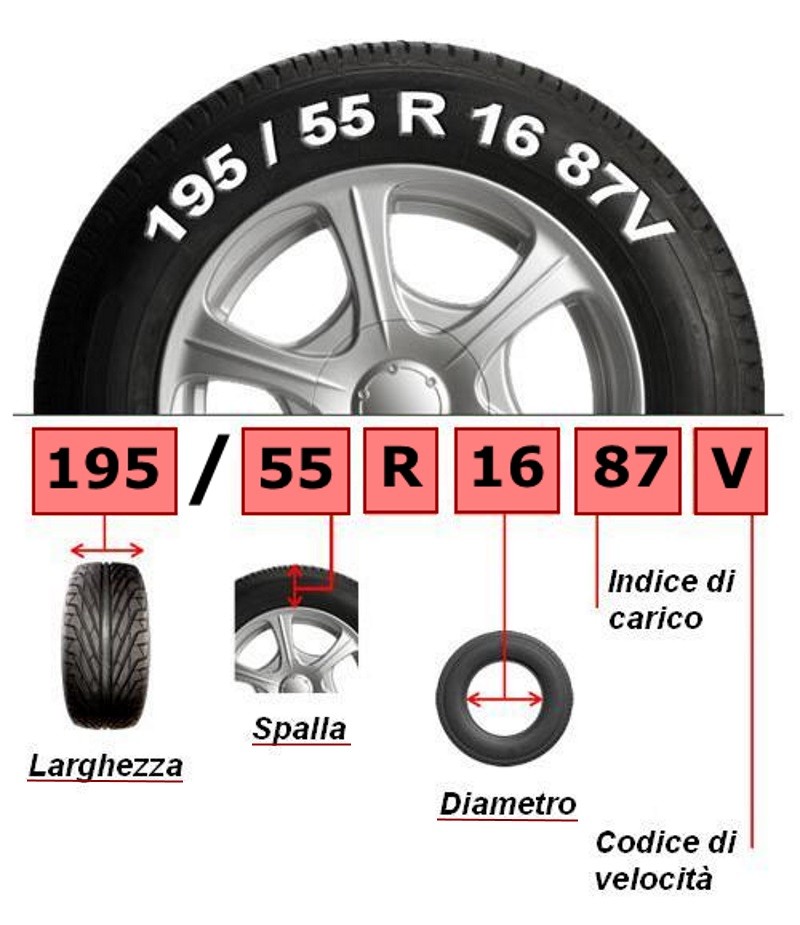How much would it cost me to change my tire rims? They’re a little cracked and they look pretty bad, but I’m worried that it will be really expensive to replace them.
Liz Jenson · Answered on Nov 26, 2021
Reviewed by Shannon Martin, Licensed Insurance Agent.
Changing and replacing your tire rims can cost anywhere from $200 to $500 per wheel, or $800 to $2,000 for your entire car. The exact price of the service will depend on the kind of car you drive and the shop that you choose, but it’s unlikely that you’ll find a shop that will replace them for less than $200.
If your tire rims are just slightly cracked or scratched, though, it’s possible that they can be
repaired rather than replaced. In this case, you could pay significantly less, sometimes as little as $75 per wheel. To learn more about your options, talk to your mechanic about the problem.
While you’re looking to save on your car repairs, why not save on your car insurance too? The Jerry app makes it quick and easy to find the best rates available on the insurance coverage you want! Just download the app and answer a few questions to see a comprehensive cross-analysis of the best car insurance policies from top providers like State Farm, Progressive, and Allstate.
MORE: How to remove scratches from car paint
Car RepairCar Tires
View full answer
WHY YOU CAN TRUST JERRY
Jerry partners with more than 50 insurance companies, but our content is independently researched, written, and fact-checked by our team of editors and agents. We aren’t paid for reviews or other content.
Browse More Content
Car Battery Replacement Cost Estimate
What To Do If Your Engine Is Running Louder Than Normal
What To Do When A Loud Squealing Or Rattling Is Coming From Engine
Clean and Repack Wheel Bearing Service
CV Axle/Shaft Assembly Replacement
Nissan Maxima Gxe Insurance Cost
Dodge Ram 1500 Insurance Cost
Chevrolet Caprice Classic Insurance Cost
Volvo S90 T6 Momentum Insurance Cost
Hyundai Genesis Coupe 2.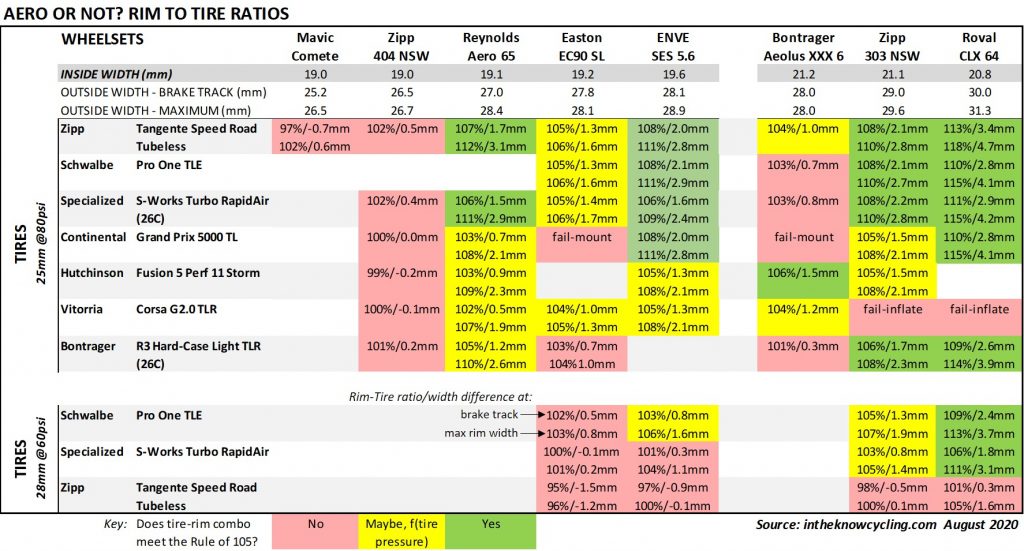 0T Insurance Cost
0T Insurance Cost
Stanton Car Insurance
South Burlington Car Insurance
Derby Car Insurance
Salt Lick Car Insurance
Winterville Car Insurance
How much will it cost me to replace the side mirror on my car? I got into a small accident in my driveway and my driver’s side mirror came right off.
Liz Jenson
Nov 26, 2021
How much would it cost me to get my car lowered? I want to do it but someone told me it’s super expensive and I don’t know enough to do it myself.
Liz Jenson
Nov 26, 2021
How much would it cost me to get a welder to fix my car frame? It has some damage to it from an accident a while ago but my son just got his driver’s license so I’m looking into the possibility of repairing it so that he has a car.
Liz Jenson
Nov 26, 2021
Browse All Questions
The 2022 Dodge Ram 1500 comes with two different bed size options: a 5.7-foot bed, and a 6.4-foot bed.
Liz Jenson
Oct 05, 2022
From the low cost of living to the maddening rush hour commute to all the essential moving tips, here’s everything to know before moving to Boise.
Claire Beaney
Oct 05, 2022
The redesigned 2023 Toyota Sequoia has arrived—and it’s not here to play.
R.E. Fulton
Jan 01, 2019
Car Body Repair
Chevrolet
FS-1 Form
Valuable Articles Insurance
Foremost Insurance
Drivers Licenses
Wind Damage
Toyota
Kemper Preferred
Vehicle Modifications
Credit Score
Car Parts
Artificial Intelligence
Consigners
Hippo Insurance
Bodily Injury
Finance
Motorcycles
Car Damage
Toyota Prius
Car Leasing
Ridesharing
Jumpstarting
Driving Record
Massachusetts
Proof of Insurance
Car Loan
No long forms
No spam or unwanted phone calls
Quotes from top insurance companies
Find insurance savings — it's 100% free
Toyota
Hyundai
Mercedes-Benz
Subaru
Chevrolet
Mitsubishi
Typically, a rim installation will cost you around $10 – $20 per wheel which means it will cost you between $40 and $80 in total. If you are getting a brand-new set of rims, however, you could be spending as much as $150 on the cheap and over $1,000 if you want something custom.
If you are getting a brand-new set of rims, however, you could be spending as much as $150 on the cheap and over $1,000 if you want something custom.
First of all, you have to make sure you are picking the correct rims for your ride. A lot of people want to go with bigger rims because they look good, but this can cause issues. You are going to want to pick a rim with the same dimensions, but what are these dimensions?
DiameterIf you do not want to make any additional modifications to your vehicle you should stick with the same overall diameter. If you use a different overall diameter you will need to change your aspect ratio or else you run the risk of damaging your transmission.
If you are getting new tires with your new rims, as is mostly the case, you could get lower-profile tires so that the overall diameter is maintained.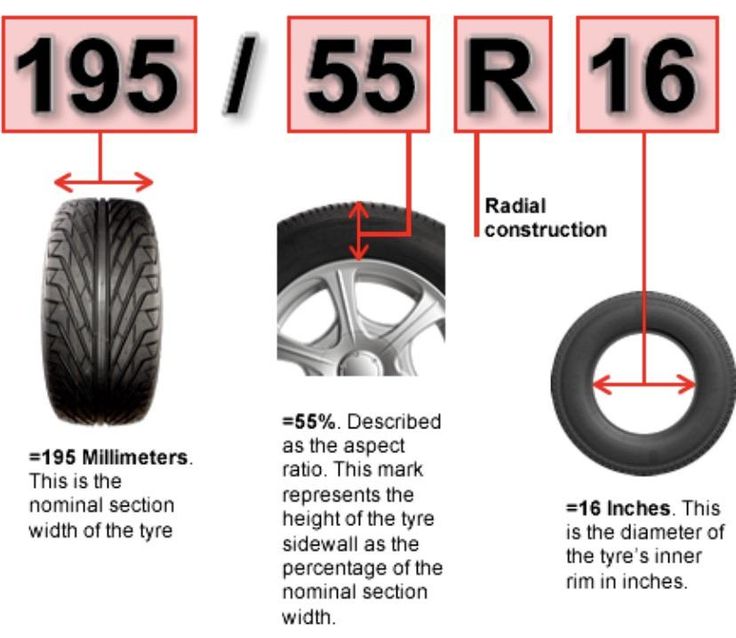 Low-profile tires come with their own problems though, namely a higher level of vibration due to uneven road surfaces.
Low-profile tires come with their own problems though, namely a higher level of vibration due to uneven road surfaces.
Low-profile tires are also going to cost more, in both upfront costs and maintenance. The best thing to do is to just keep the same, recommended wheel diameter.
WidthIt is important to remember that with all these dimensions have been calculated by the vehicle manufacturers to provide you with the best performance your vehicle can deliver. Some people want wider wheels for looks, but there are some serious issues with wider tires.
Firstly, the weight of your vehicle is distributed over a larger area. This sounds good, but in fact, it increases the risk of hydroplaning because there is less pressure per square inch between the tire and the road.
Secondly, because the wheel comes out further from the wheel bearing, the angle is changed. The change in angle will do damage to the wheel bearing over time, which will not only cost you more but can also cause a dangerous situation.
Offset is the term used to describe the location of the mounting surface in relation to the centerline of the wheel. Offset is important because it will also mess with your bearings and if you have an overly negative offset the wheel could start touching the chassis or other parts of the vehicle, especially the steering wheels.
BackspacingBackspacing and offset are similar to one another, however; backspacing takes wheel width into account as well. It is measured from the inside lip of the wheel to the mounting surface. Backspacing is important to keep the correct amount of clearance between the inside sidewall and the rest of the vehicle, similar to negative offset.
Bolt PatternThe bolt pattern is more than just counting the number of bolts for your wheel. You also need to know what the spacing is. Bolt pattern is determined by two numbers, “5-on-5” for example. The first number is the number of bolts or lugs, the second number is the diameter in inches of the bolt circle.
The bolt circle is the circle you can make by connecting the bolts. Alternatively, you could measure from the center of one bolt to the center of the wheel hub to find the radius. Then just multiply the radius by two to find the diameter.
Load RatingThe load rating is straightforward, it is the amount of weight the wheel can carry. The more bolts there are and the bigger the bolt circle is, the more load a wheel can take.
This is why some larger offroad vehicles will have many bolts in a large circle compared to a small city compact. Furthermore, the type of material the rim is made of will also impact the load rating.
Center BoreCenter bore is a critical element when you are using hub-centric wheels, and for fitting over full-floating axles, and locking hubs.
Bead SeatBead seat is likely only going to matter to you if you like off-roading with extremely low tire pressures. The bead seat keeps the tire on the wheel, the higher and wider the bead seat, the lower you can go, pressure-wise.
Some serious off-roaders use beadlocking wheels. This adds a mechanical clamping bead that holds the tire on the rim. Allowing the tire to stay on the wheel even if the pressure reaches zero. If off-roading interests you, Goodyear offers some of the best off-road tires.
What Are the Cost Factors When Looking for New Rims?As long as you stick to the recommended dimensions for your vehicle the main cost factors are going to be brand and material. Additionally, you probably want to get some new tires with your new rims, in which case, tires will also affect the overall cost. As far as tires and costs go, remember you get what you pay for, so try to avoid the super cheap tires.
As I mentioned, depending on the type of material the rims are made of will determine the cost of the rim. The cheapest set of rims can go for as little as $90 up to and above $1,000. Below is a list of cheaper rims of different materials.
America’s Tire often has good rims at affordable prices, just make sure all your dimensions are accurate.
Simply fitting your tires to rims is quite cheap; $10-$20, I got mine fitted for 13 bucks. Where cost becomes a real factor is if you buy a new set of rim or tires. Furthermore, it is important that you fit the right size equipment on your vehicle.
Contents
In spring and autumn, the seasonal change of tires presents the driver with a choice: what is preferable - to have a set of tires and wheels for each season (summer tires + wheels / winter tires + wheels) or to have only one set of wheels and change every six months? In this article I want to consider the pros and cons of both options.
At the beginning of my driving career, I often heard that: “Tires deteriorate quickly when they are frequently beaded!” At first I believed. Then I thought about whether the words of “garage uncle Vasya”, uttered by him fifty years ago, are still relevant now?
Indeed, 50…70 years ago rubber was beaded with crowbars, sledgehammers and tire irons.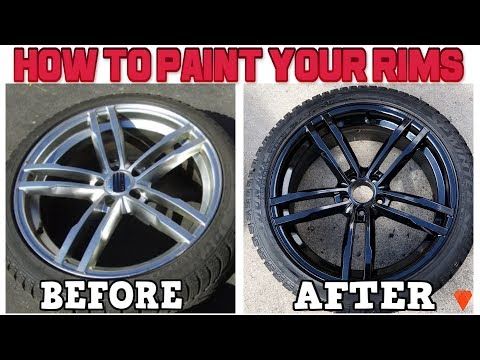 Manually. I saw how drivers did it on their Zhiguli, Muscovites, Volga, etc. But the rubber itself then was not at all the same as now. I remember it was divided into "Moskvichevskaya", "Zhigulevskaya", "Volgovskaya". Of course, with such a cave method of overboarding, both rubber and disks deteriorated.
Manually. I saw how drivers did it on their Zhiguli, Muscovites, Volga, etc. But the rubber itself then was not at all the same as now. I remember it was divided into "Moskvichevskaya", "Zhigulevskaya", "Volgovskaya". Of course, with such a cave method of overboarding, both rubber and disks deteriorated.
Now everything has changed dramatically! The quality, elasticity and design of the tires are completely different! And the equipment of tire shops is also qualitatively different. Given that you need to bead a set of tires only once every six months, then in order to cause at least some slightest harm to the tire, you will have to “spoil it” for fifty years. And even more. Yes, during this period she will fall apart from old age, even if she does not ride at all!
I also thought about such a thing. What rubber suffers more (receives more shock, compression and stretching)? From pits, potholes, rails and other delights of our roads? From daily killing for many kilometers, and even at speeds of 60 .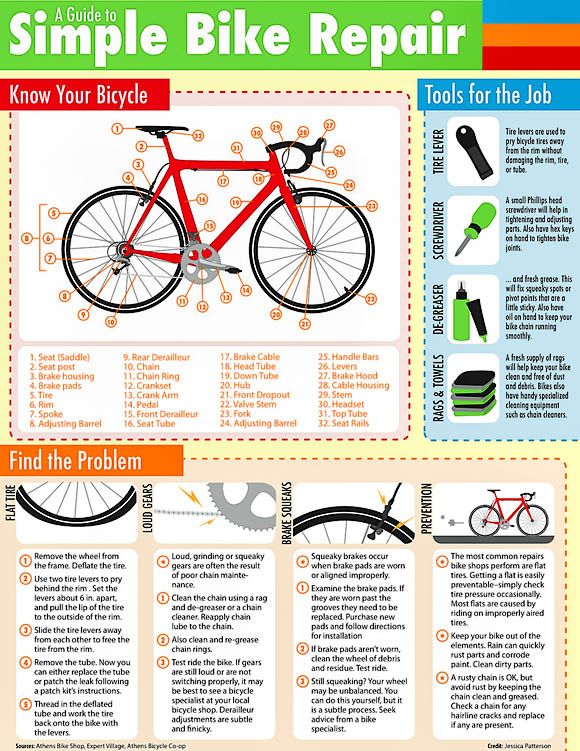 .. 100, or even higher?
.. 100, or even higher?
Or from overboarding every six months on modern equipment? Try to estimate the loads from hitting the edge of the pit at a speed of 90 km / h, when the disk simply bends or breaks.
I have never seen discs bent from over-beading on quality equipment in the hands of a skilled craftsman. Yes, this can not be in principle! It is clear that the possible damage from “torture on the road” for rubber cannot be compared with a high-quality overboard once every six months.
That is, a set (tires + wheels) for summer and a complete set for winter. I practiced this option in the years when I drove VAZ cars (2106 and 21083). The prices for domestic tires and wheels were relatively low, and I could store the second set on my balcony. He put the tires in a corner in a flat pile. I put a square board on top, covered it with an old tablecloth, and it turned out to be an excellent table for flowers or something.
 And waste time selling old ones.
And waste time selling old ones. I began to practice this option after I moved to foreign cars. I switched to this method not only because of the sharply increased cost of disks. However, they are larger in size. And I began to buy better tires for them, from the top three brands according to the test results.
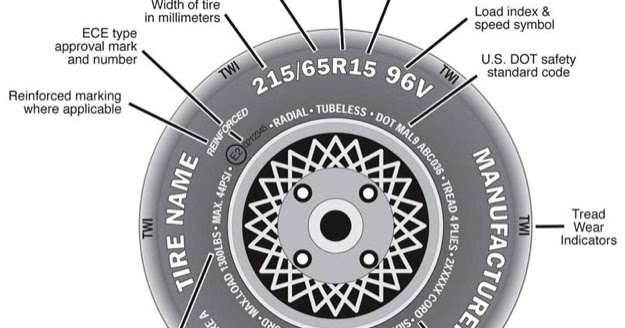
In general, both options are worth using. Given the pros and cons, everyone can choose any method of seasonal tire replacement.
Which option did you choose? And why?
| Name | R13 | R14 | R15 | R16 | R17 | R18 | R19 | R20 | R20+ |
|---|---|---|---|---|---|---|---|---|---|
| Price for 1 wheel | 300 | 350 | 400 | 425 | 475 | 550 | 650 | 700 | 800 |
| Price for 4 wheels | 1200 | 1400 | 1600 | 1700 | 1900 | 2200 | 2600 | 2800 | 3200 |
| Removal / installation | 100 | 100 | 100 | 100 | 125 | 150 | 150 | 180 | 180 |
| Tire service | 80 | 100 | 120 | 140 | 150 | 180 | 260 | 250 | 300 |
| Balancing | 120 | 150 | 180 | 190 | 200 | 220 | 260 | 250 | 300 |
